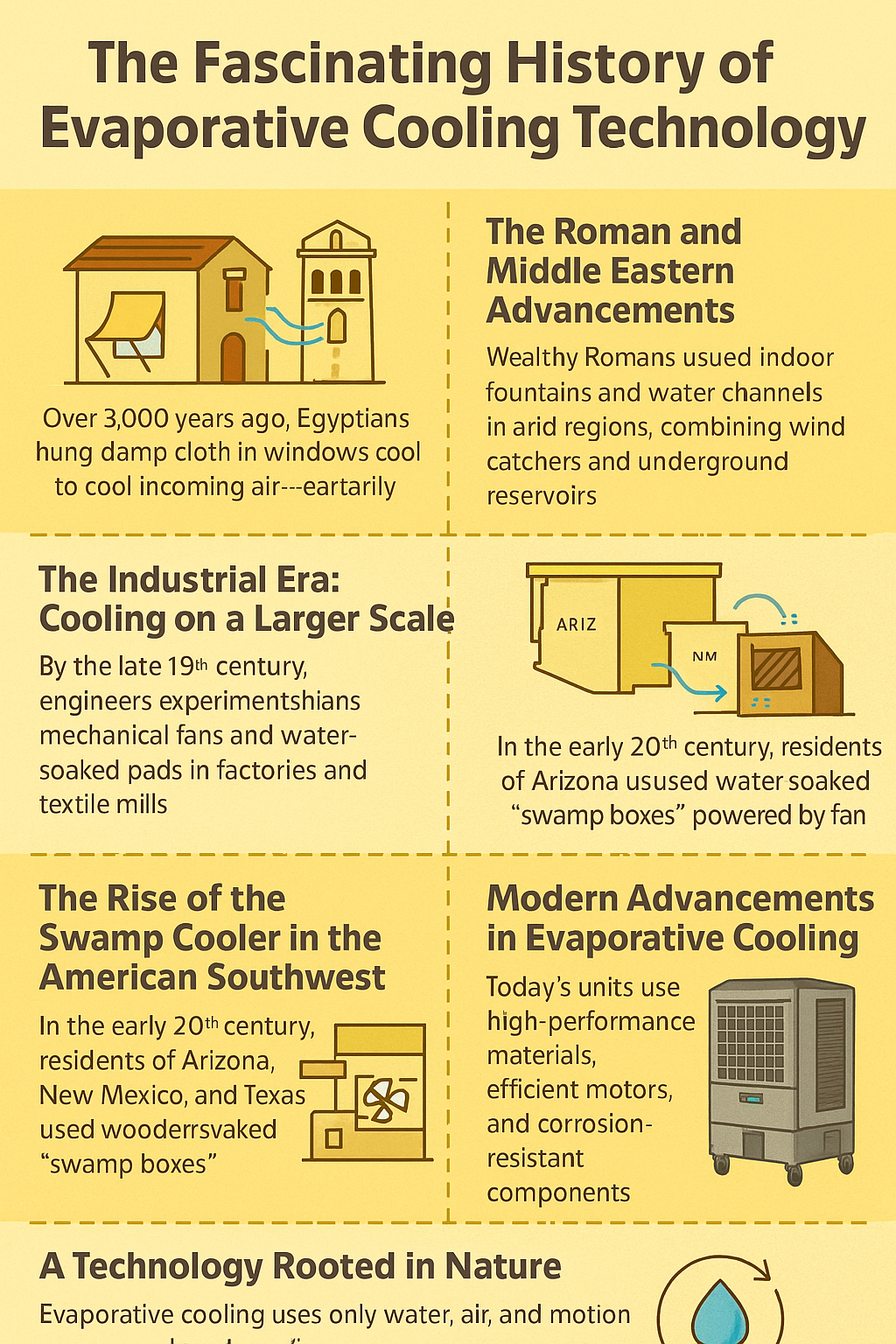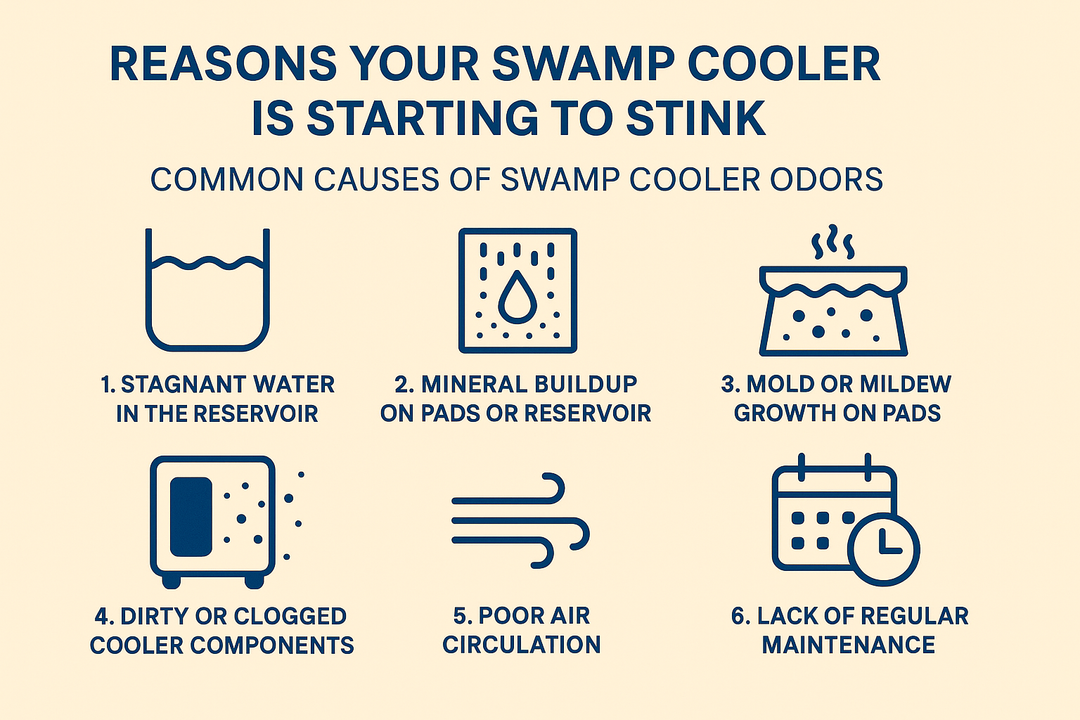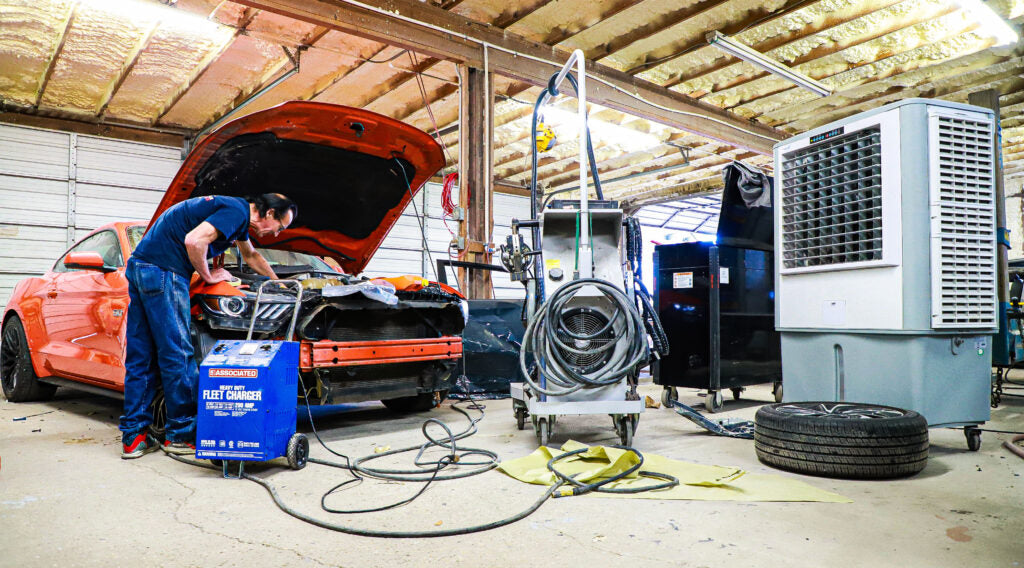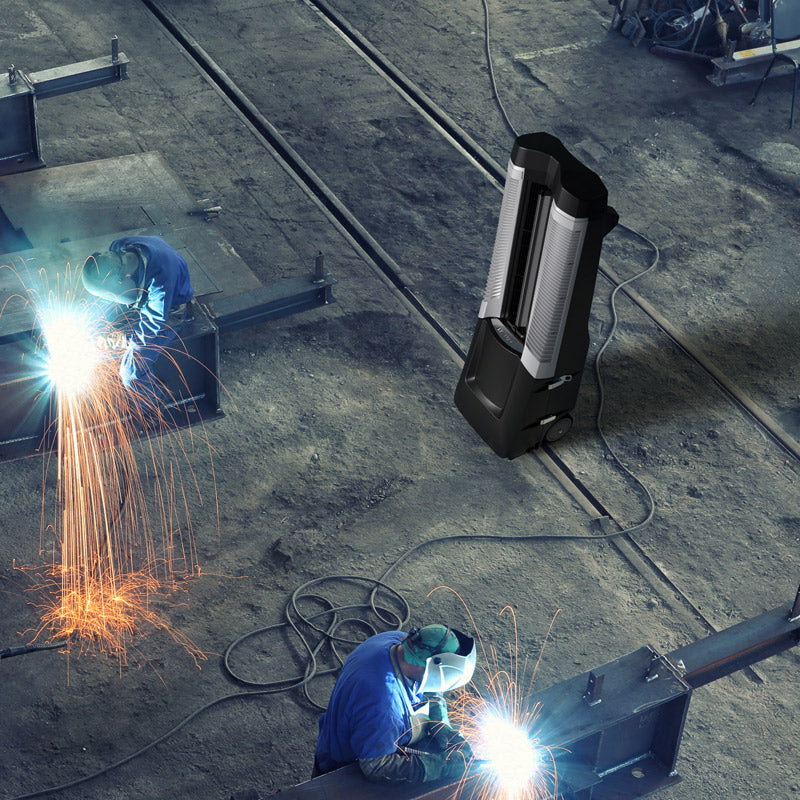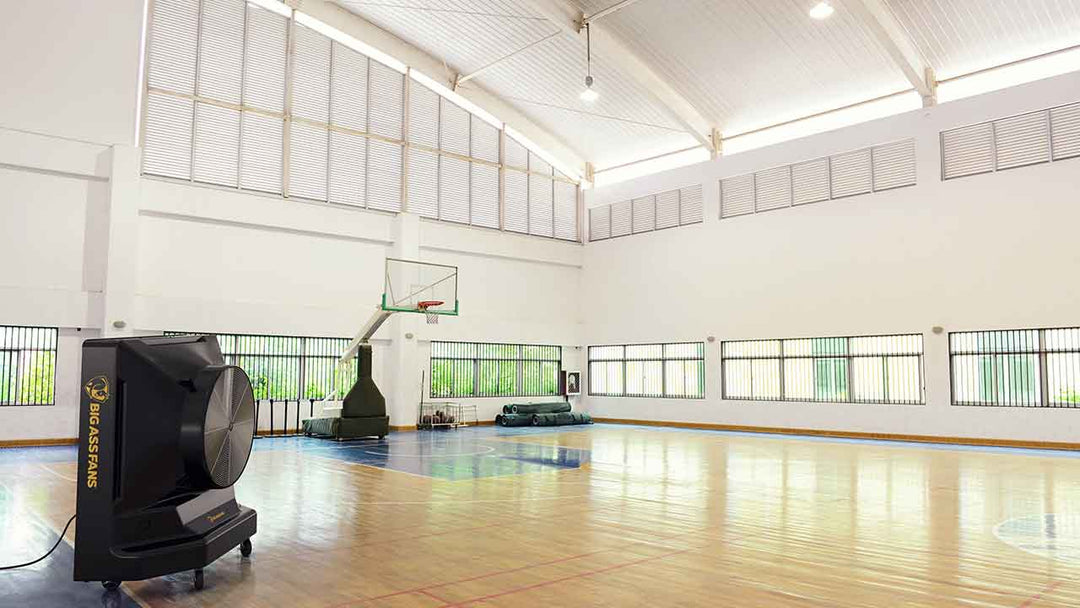Swamp Coolers vs. Portable A/C Units: Which Is Right for You

Choosing the best cooling solution for your needs doesn’t have to be overwhelming. When the sweltering heat of summer rolls in, swamp coolers and portable A/C units can keep your home comfortable. However, these two systems work very differently and cater to distinct preferences and situations. That’s why it’s so important to know the differences between swamp coolers and portable A/C units to find which is right for you.
Cooling Technique
Swamp coolers, also called evaporative coolers, rely on the natural process of evaporation to cool the air. They work by pulling in warm air, passing it through water-soaked cooling pads, and introducing fresh, moist air into the room. The result is a cooling effect that feels natural and refreshing, especially in dry climates. Portable A/C units, on the other hand, use refrigerants, compressors, and fans to cool the air. These systems recycle and dehumidify the air, providing a more controlled but less fresh-feeling environment.
Energy Efficiency
Swamp coolers generally consume less energy than portable air-conditioning units. Since they use water and a fan rather than compressors, they operate on lower power, making them ideal for energy-conscious users. If you want to reduce your energy bills and limit your carbon footprint, swamp coolers are a greener and more sustainable alternative. Portable A/C units, while effective, require more electricity to power their refrigerant-based systems, which can lead to higher utility costs over time.
Environmental Impact
Swamp coolers are an eco-friendly cooling choice because they don’t use harmful refrigerants that contribute to global warming. Their operation relies on water and air circulation, making them a low-impact option for the planet. Portable A/C units, however, often use refrigerants that can have a high global warming potential (GWP). Choosing a swamp cooler can reduce your carbon footprint while providing effective cooling.
Operating Cost
Thanks to their lower energy usage, swamp coolers are more affordable to operate than portable air conditioners. Even during extended periods of use, their reliance on simple components like water and a fan keeps power consumption minimal, meaning you can expect noticeable savings on your electricity bills. Portable air-conditioning units, with their energy-intensive compressors, tend to have higher operational costs, making them less cost-effective for long-term use.

Air Quality
Swamp coolers improve indoor air quality by drawing in fresh air and adding moisture to the environment. This characteristic can be especially beneficial in hot, dry climates where indoor air often feels uncomfortable. Portable A/C units work differently, recycling the same indoor air and drying it out in the process, which may lead to discomfort, particularly for people with dry skin or respiratory issues.
Humidity Levels
Swamp coolers excel in areas with low humidity, as they cool the air by adding moisture. They’re particularly effective in desert or arid regions where the air is naturally drier. However, in areas with high humidity, swamp coolers may not perform as well, as the air is already saturated with moisture.
Portable A/C units, conversely, are ideal for humid climates since they remove moisture from the air, lowering humidity levels indoors. This dehumidifying effect can be beneficial in muggy environments but may lead to overly dry air.
Ease of Installation
Swamp coolers are lightweight and easy to set up, often requiring no complex installation or venting systems. Many models are portable, so you can simply plug them in and fill them with water for immediate use.
Portable air-conditioning units, however, usually require an exhaust system to vent hot air outside, which means you’ll require a suitable window or ventilation point for installation. This need for ventilation can make these A/C units less convenient to install, particularly in spaces without accessible windows or vents.
Maintenance
Swamp coolers are straightforward to maintain. They require refilling the water reservoir and cleaning or replacing the cooling pads regularly. Their simple design means fewer components to worry about or repair. Meanwhile, portable air conditioners require more frequent maintenance, including filter replacements, condenser cleaning, and the upkeep of more complex internal systems. This extra maintenance can result in higher maintenance costs and more effort over time.
Noise Levels
Swamp coolers are generally quieter than portable A/Cs. Since they operate with just a fan and a water pump, swamp coolers produce a gentle hum that’s less disruptive in quiet environments. Oppositely, portable A/Cs often generate more noticeable noise due to their compressors and exhaust fans, which can be distracting, especially in smaller or quieter spaces.

Portability
Both swamp coolers and portable A/C units are mobile, but swamp coolers are often more lightweight and compact, so they’re easier to move between rooms or store when not in use. Portable air conditioners, while still movable, are typically bulkier and may require repositioning components like exhaust systems when relocated, making them less convenient to transport.
Initial Cost
Swamp coolers are usually more affordable upfront compared to portable A/C units. Their simpler design, which relies on water and a fan rather than refrigerants and compressors, keeps manufacturing costs lower, resulting in a more budget-friendly price point. Portable air conditioners, while effective, come with a higher price tag due to their more advanced components and cooling technology.
Water Usage
Swamp coolers require water to function, but modern models are water-efficient to minimize waste. Many models include adjustable settings, allowing you to control water consumption based on your cooling needs. While portable A/Cs don’t require water, their reliance on electricity can lead to higher environmental costs, making swamp coolers a more sustainable option in areas where water is readily available.
Deciding between a swamp cooler and portable A/C unit means knowing your specific needs, priorities, and local environment. If you want an energy-efficient, eco-friendly, and cost-effective cooling solution that provides fresh, comfortable air, a swamp cooler might be the ideal choice for you.
Its ability to naturally cool air without the heavy environmental impact of refrigerants makes a swamp cooler a standout option. The Portacool swamp cooler from us at Swamp Coolers is known for its optimal cooling capacity. Whatever you choose, work with Swamp Coolers so you can stay cool and comfortable in the warm months ahead!



